Is it worth it to demo yourself?
nancita
12 years ago
Featured Answer
Comments (16)
worthy
12 years agoRelated Professionals
College Park Kitchen & Bathroom Designers · Everett Kitchen & Bathroom Designers · Ocala Kitchen & Bathroom Designers · Schaumburg Kitchen & Bathroom Designers · East Tulare County Kitchen & Bathroom Remodelers · Londonderry Kitchen & Bathroom Remodelers · Sioux Falls Kitchen & Bathroom Remodelers · Wilson Kitchen & Bathroom Remodelers · Cottage Grove General Contractors · Davidson General Contractors · Dover General Contractors · Gloucester City General Contractors · Mount Vernon General Contractors · Perrysburg General Contractors · University Park General Contractorsbrickeyee
12 years agoUser
12 years agonancita
12 years agoUser
12 years agoBilll
12 years agonancita
12 years agobrickeyee
12 years agonancita
12 years agoUser
12 years agobrickeyee
12 years agoBilll
12 years ago_sophiewheeler
12 years agonancita
12 years agorenovator8
12 years ago
Related Stories
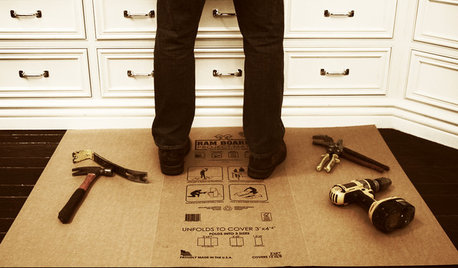
BATHROOM DESIGNOut With the Old Tile: 8 Steps to Prep for Demolition
This isn't a light DIY project: You'll need heavy-duty tools and plenty of protection for your home and yourself
Full Story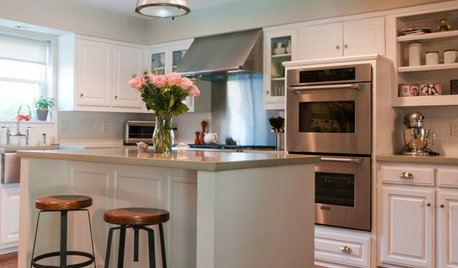
KITCHEN DESIGNShow Us Your Fabulous DIY Kitchen
Did you do a great job when you did it yourself? We want to see and hear about it
Full Story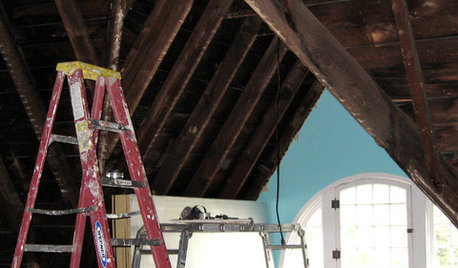
REMODELING GUIDES8 Lessons on Renovating a House from Someone Who's Living It
So you think DIY remodeling is going to be fun? Here is one homeowner's list of what you may be getting yourself into
Full Story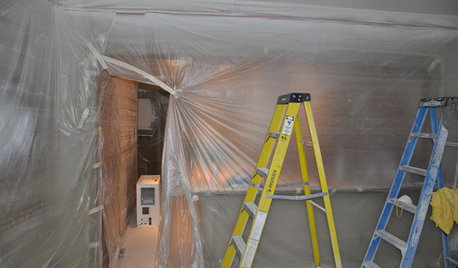
MOST POPULAR11 Things to Expect With Your Remodel
Prepare yourself. Knowing what lies ahead during renovations can save your nerves and smooth the process
Full Story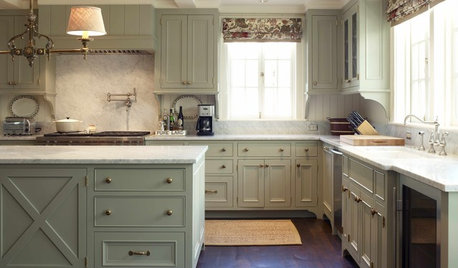
KITCHEN DESIGN9 Ways to Save on Your Kitchen Remodel
A designer shares key areas where you can economize — and still get the kitchen of your dreams
Full Story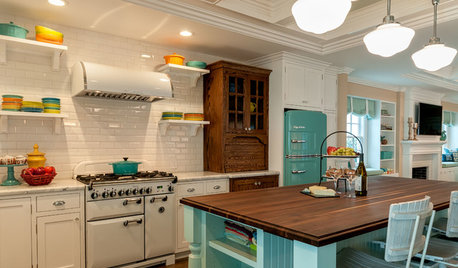
COASTAL STYLEKitchen of the Week: Vintage Beach Bungalow Style
A coastal color palette, retro details and modern amenities make life easy and cheerful in this 1940s home
Full Story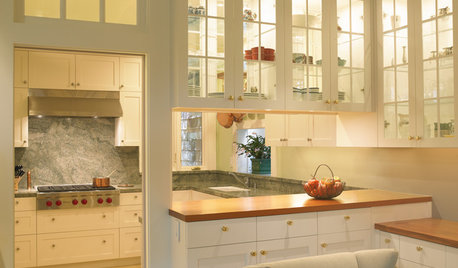
KITCHEN DESIGNHave Your Open Kitchen and Close It Off Too
Get the best of both worlds with a kitchen that can hide or be in plain sight, thanks to doors, curtains and savvy design
Full Story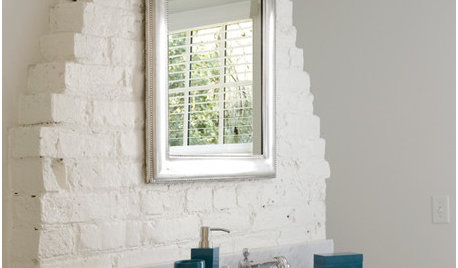
BATHROOM DESIGN15 Cheap and Easy Ways to Makeover Your Bathroom
Makeover Magic Can Happen When You Think Outside the Bathroom Box
Full Story
LIFEHard Winter? 9 Ways to Battle Cabin Fever
We know a lot of you are trapped where it just won’t stop snowing. Here are some ways to survive
Full Story
REMODELING GUIDESShould You Remodel or Just Move?
If you're waffling whether 'tis better to work with what you've got or start fresh somewhere else, this architect's insight can help
Full StoryMore Discussions








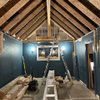
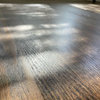
Jon_dear